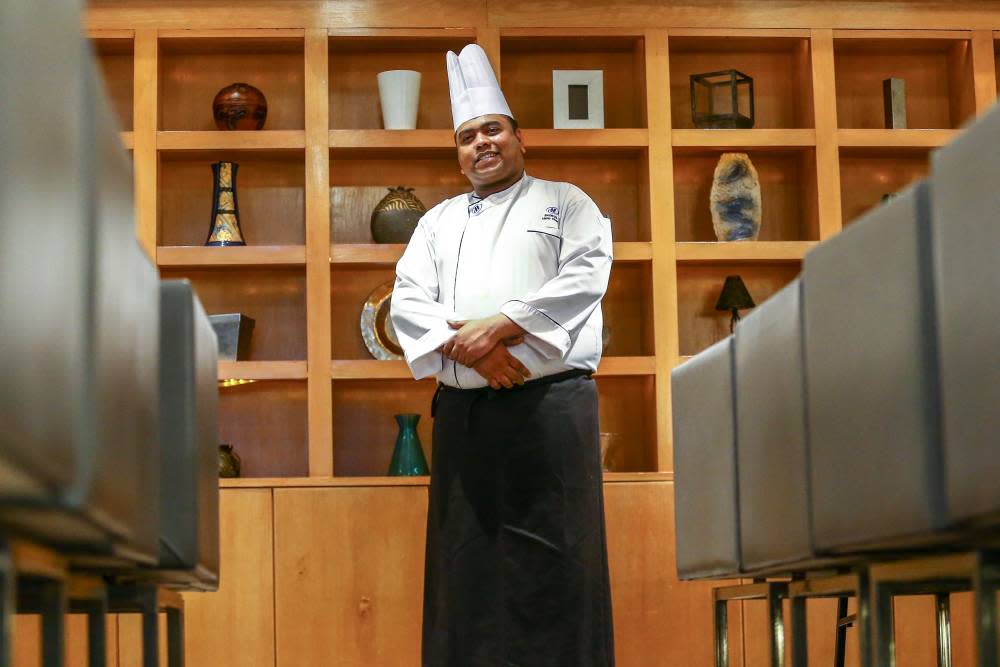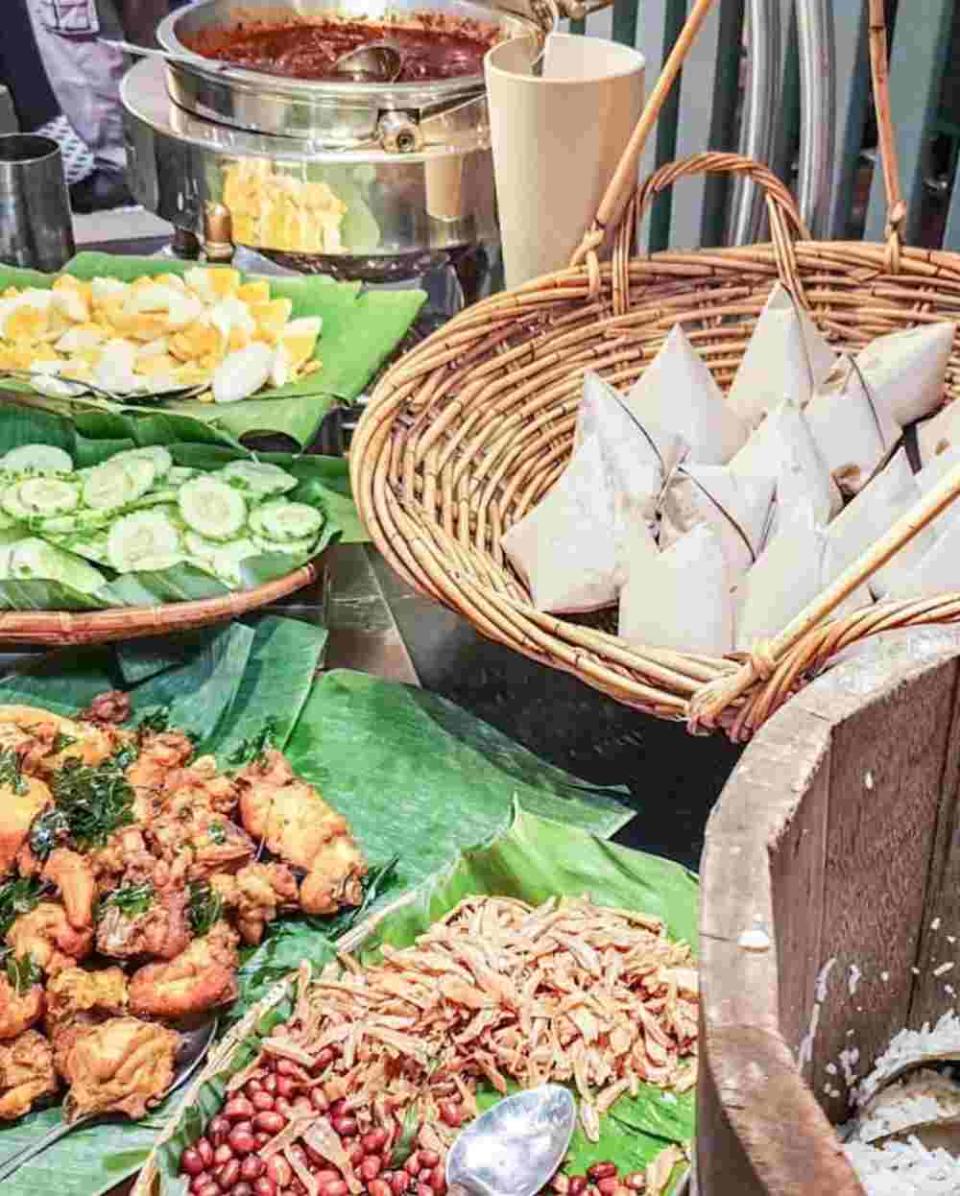300kg durian, 40kg onions: Some ingredients that make up a five-star hotel’s buka puasa buffet (VIDEO)

PETALING JAYA, May 21 ― Ramadan bazaars and buffets are staple in Malaysia during the fasting month.
And for the past 35 years, Hilton Petaling Jaya's Paya Serai restaurant has been serving up some of the most memorable iftar dishes.
Known for its rotating menu, authentic cuisine, huge variety and central location are factors that keep diners coming back each year.
To get a glimpse of the Herculean effort required to successfully pull-off a buka puasa buffet, Malay Mail went behind the scenes to see how this establishment pulls off the feat.
With more than 350 authentic dishes, planning starts three months prior where the chefs pore through menus from previous years.
Unsurprisingly, curating a menu, and an extensive one at that is no easy feat.
“It’s difficult to come up with a new menu each year ― that’s a big challenge for us because we need to brainstorm and put out food that Malaysians like,” said Paya Serai’s Malay Chef Badrol Mohd Noor who has been with the hotel for three years.
Despite the difficulties in coming up with a new theme for each Ramadan, some mainstays will never go out of style.
“Our briyani, soup gearbox, bubur lambuk, extensive selection of kerabu, gulai kawah, kapitan chicken, ayam ros, are just some of the signature dishes that patrons look forward to,” the Penang native said.
This year, the restaurant’s kapitan chicken dish is given a twist and features goose instead.
“Angsa kapitan has a great flavour ― it tastes better than chicken,” said Badrol on his favourite dish on the menu this year.
He added that diners crave authentic kampung cuisine such as ulam-ulaman (local herbs).

Time consuming
Coincidentally, the local fare synonymous with the iconic PJ hotel is also the hardest to make.
In total, kitchen staff spends eight hours a day prepping.
“Malay food is the most difficult to make because it needs time for the flavours to develop ― it’s not something you can make in two minutes.
“The minimum is one hour for one dish. Although we have a boiler, traditionally cooked dishes do require more time,” said Badrol, a former private chef.
Kerabu for example, involves chopping plenty of herbs such as torch ginger flower and lemongrass.
To paint a picture of the kitchen, the Penang-native described the back of the house “like a war zone”.
There are around 60 cooks alone in the hot kitchen and five in the butchery who prepare the meats.
The ingredients used come from all over Malaysia including Penang for spices, Langkawi and even Chow Kit market for local herbs such as galangal, ginger, lemongrass, turmeric and its leaves.
According to Badrol, onions, ginger, lemongrass and garlic are the four most-used ingredients.
“For Paya Serai alone, we use to 40 kilos of onions per day. More onions, more delicious,” he laughed.
Durian!
Besides the restaurant’s mouth-watering dishes, durian lovers will have a variety of the thorny, pungent fruit to savour as part of the buffet.
Introduced five years ago, the durian types include Udang Merah, D24 and D101 sourced fresh daily from Tangkak and Raub.
“We have 300 kilos of durian a day and nothing is left,” Badrol said.
Hilton Petaling Jaya’s Buka Puasa Buffet Dinner will last until June 4.
Related Articles Iftar@KL 2019 pikat pelancong asing kenali agama, budaya Niaga sambil amal, wanita hamil dapat roti John percuma Diari Beijing: Rakyat Malaysia sambut Ramadan, bagaikan keluarga besar



